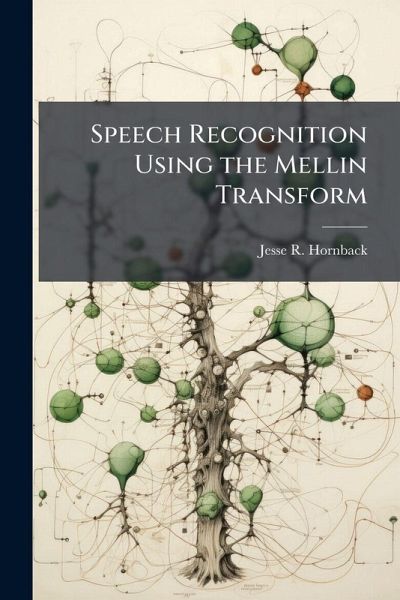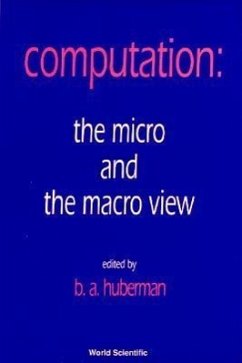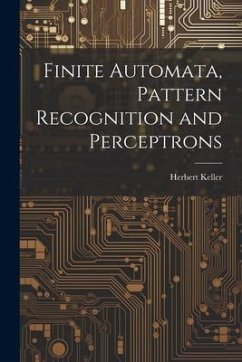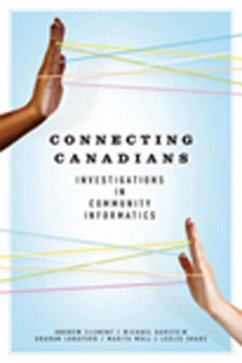
Speech Recognition Using the Mellin Transform
Versandkostenfrei!
Versandfertig in über 4 Wochen
15,99 €
inkl. MwSt.
Weitere Ausgaben:

PAYBACK Punkte
8 °P sammeln!
The purpose of this research was to improve performance in speech recognition. Specifically, a new approach was investigating by applying an integral transform known as the Mellin transform (MT) on the output of an auditory model to improve the recognition rate of phonemes through the scale-invariance property of the Mellin transform. Scale-invariance means that as a time-domain signal is subjected to dilations, the distribution of the signal in the MT domain remains unaffected. An auditory model was used to transform speech waveforms into images representing how the brain "sees" a sound. The ...
The purpose of this research was to improve performance in speech recognition. Specifically, a new approach was investigating by applying an integral transform known as the Mellin transform (MT) on the output of an auditory model to improve the recognition rate of phonemes through the scale-invariance property of the Mellin transform. Scale-invariance means that as a time-domain signal is subjected to dilations, the distribution of the signal in the MT domain remains unaffected. An auditory model was used to transform speech waveforms into images representing how the brain "sees" a sound. The MT was applied and features were extracted. The features were used in a speech recognizer based on Hidden Markov Models. The results from speech recognition experiments showed an increase in recognition rates for some phonemes compared to traditional methods. This work has been selected by scholars as being culturally important, and is part of the knowledge base of civilization as we know it. This work was reproduced from the original artifact, and remains as true to the original work as possible. Therefore, you will see the original copyright references, library stamps (as most of these works have been housed in our most important libraries around the world), and other notations in the work. This work is in the public domain in the United States of America, and possibly other nations. Within the United States, you may freely copy and distribute this work, as no entity (individual or corporate) has a copyright on the body of the work. As a reproduction of a historical artifact, this work may contain missing or blurred pages, poor pictures, errant marks, etc. Scholars believe, and we concur, that this work is important enough to be preserved, reproduced, and made generally available to the public. We appreciate your support of the preservation process, and thank you for being an important part of keeping this knowledge alive and relevant.












